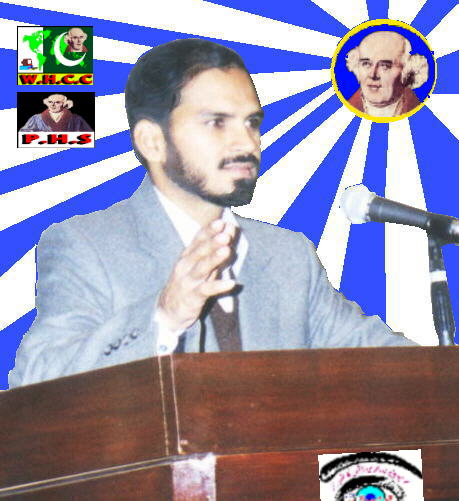

Written By Dr. MAS
INTRODUCTION OF HOMOEOPATHY
Since the advent of mankind man has been threatened by various diseases. The man has tried from time to time to overpower these ailments. These efforts of man gave rise to the Medical Sciences. Dr. Samuel Hanemann (1755-1843), A German doctor studied various diseases, their causes and symptoms. After long and exhaustive efforts he laid down the foundation of new system of Medical science called Homoeopathy. Homoeopabty is derived from two latin words HOMEO meaning similar and PATHY means disease. Resultantly (like cures like) Similia Simililius Curentur.
In homoeopathy Dr. Hanemann proved various remedies on his body. He accomplished this by eating a particular substance known to cause the disease, nothing the symptoms and then potentising the substance to the extent and administered that the disease causing effect was eliminated and it stared curing the body. This is known as proving of remedy in homoeopathy. In homoeopathy the proving is done on man himself and not on lower animals.
Dr. Hanemann proved 98 remedies and published them in his Materia Medica Pura thus giving rise to a new medical science and a new vast era of medical research for the people to follow).
FOUNDER OF HOMOEOPATHY
DR. CHRISTIAN FRIEDRICH SAMUEL HANEMANN (Founder of Homoeopathy)
Samuel Hanemann was born on Apnl l0th, 1755 and died on July 2, 1843. The God gave him a long life of 88 years and nothing which he proved has been disapproved today in both the field of Medicine and Chemistry. He in 1796 put forward a new principal SIMILIA SIMILBOUS CURENTUR. (like cures like) which became the foundation for homoeopathy. A system which is equally accepted in the East and the West and is the answer to over complex problems of health.
The reason is its efficacy, being free from side effects and cheep in its administration. He experimented more than 100 drugs on himself.
HOW DOES HOMOEOPATHY DISCOVER
HANEMANN as sitting in Leipzig, with his mid-night lamp before him, translating Cullen's Materia Medica, which was then a standard work. He came to Cinchona Officianalis, (from which Quinine is derived) and found Cullen say that this bark possessed specific febrile fugal action (causing fever) because it was both the most aromatic and bitter substance known. Hanemann laid down his quill and exclaimed, "Preposterous"; There are mot substances more barks, possessing more both bitter and aromatic properties, and Cinchona is not a specific for ague (Malaria). He argued while it does cure some cases it does not cure other cases. There must be a way to find out under what conditions the bark cured and did not cure. It was at this moment that this good and benevolent man had an "inspiration:. He concluded to take the drug himself, and see whether light could not be brought into the prevailing darkness Bright and early in the morning, Hanemann went to "apothecke zumm Goldenen Loewen" on the market place at Leipzig, and then and there selected some fresh Cinchona bark, and obtained some vials and alcohol, He prepared a tincture, took it, and behold, the symptoms he observed on himself showed a marked similarity to cases to ague cured by him by the same drug, and it was then a new light broke upon him; that light was this a drug will cure ailments as its sick-making power will produce a similarity to lippe.